
Managing hairballs often involves a multi-modal approach. We tested several effective options. Liz Coleman / Cats.com
Most cat guardians have dealt with the occasional hairball. These pesky clumps happen when cats groom themselves, and their sandpaper-like tongues pull loose hair into their digestive tract. Once it forms into a clod, hair is unable to continue its journey to the litter box, and instead, it gets stuck or heads in the opposite direction.
While it’s natural for cats to cough up hairballs now and then, frequent hairballs could indicate underlying health issues. Fortunately, there are numerous remedies to help manage hairballs, including specialized cat foods, fiber supplements, and lubricating gels.
In this guide, we’ll review some of the best hairball remedies available so you can choose the best option for your cat.
At a Glance: The Best Hairball Remedies for Cats To Buy




Want a quick look at the products reviewed in this article? In the comparison table below, we’ve highlighted some of the most important features of each product. You’ll find more detailed information about each product later in the article.

Tomlyn Laxatone Hairball Remedy Gel
- A well-regarded product with a history of efficacy
- Contains a blend of lubricants
- Safe for all life stages

Cat Lax Cat Supplement
- Boosts skin and coat health with cod liver oil and lecithin
- Helps with constipation
- Many cats like the taste

Vetnique Labs Profivex Probiotic 5-Strain Supplement
- Easy to sprinkle over food
- Carries the NASC quality seal
- Contains five probiotic bacteria strains
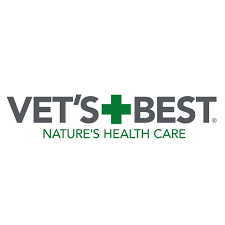
Vet’s Best Hairball Relief Digestive Aid
- Made from a blend of well-regarded ingredients
- Safe for all life stages
- Affordable

Pet Honesty Hairball Support Chews
- Low-calorie supplement
- Formulated by an in-house PhD animal nutritionist
- Dual texture appeals to finicky eaters
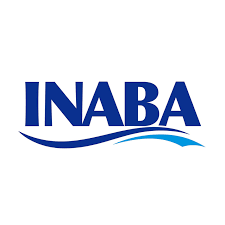
Inaba Churu Hairball Control Creamy Puree
- Includes taurine and vitamin E
- Grain-free and made without artificial additives
- Only six calories per treat

Hill's Science Diet Urinary Hairball Control Savory Chicken Entree
- Supports urinary tract health with optimal magnesium levels
- Contains taurine to support heart and vision health
- Free from artificial flavors and preservatives
Why Trust Cats.com
Our reviews are grounded in extensive research and hands-on testing. To find the best hairball remedies, I explored what causes hairballs, the potential complications they present, and how to best resolve them. Then, I scoured the market for popular solutions, reading numerous customer reviews and visiting cat community forums to learn what worked for others and what didn’t.
Drawing on these insights and my own experience as a longtime cat guardian, I selected several highly-rated products to test at home with my cat, Amber. Keeping in mind the diverse needs of cat parents, I evaluated each product on several fronts, including their smell, ingredients, and my cat’s response.
I recognize that every cat guardian’s mileage will vary. My goal is not to advocate for any specific product but rather to provide recommendations that help you choose the best remedy for your unique cat.
Our rankings are determined by a variety of factors. Each cat will have different needs and preferences, so while Tomlyn Laxatone Gel is our top choice, it may not be ideal for your unique cat. To help you choose the right hairball remedy for your cat, we’ve broken down our recommendations by application method and other key considerations.
Types of Hairball Remedies
Hairball treatments come in many different forms. Implementing a combination of dietary changes, grooming techniques, and supplements can make a significant difference. Here are some effective options to consider.
Fiber Supplements
Fiber supplementation helps bind strands of hair to food particles, which carry the hairs on their journey toward the colon. By encouraging the hair to move quickly through the body, fiber-based hairball remedies reduce the hair’s chances of fusing into a ball and coming back up.
Additionally, a small amount of dietary fiber can help keep the digestive system functioning smoothly, correcting hairball problems at their roots.
The following are sources of fiber that, when integrated into your cat’s diet, may help hair move smoothly through the body:
- Psyllium Husk Powder
- Ground chia seeds
- Guar gum
- Powdered cellulose
- Cat Grass
Lubrication
Hairball gels provide lubrication in your cat’s intestines, assisting in moving hairballs along.
Most products marketed as hairball remedies are petroleum jelly-based. Others use vegetable oils or beeswax instead of petrolatum. They often contain added flavors and sweeteners like malt syrup, fructose, and dextrose.
Dietary Changes
If your cat is already eating a diet with a little bit of fiber, the best dietary change is finding a food that reduces inflammation. Hairballs often indicate digestive problems and should be approached the same way you’d approach any other symptom of gut inflammation, like diarrhea or vomiting.
Typically, this would mean giving your cat a high-protein food made primarily from meat and animal fat. You want as little plant matter as possible. A moisture-rich diet is ideal.
Grooming
You can help manage hairballs by brushing your cat a couple of times a week. If your cat has a long, thick coat, you might also give him a full-body clip in the warmer months. Capturing loose hair before your cat licks it up is one of the most reliable ways to stop hairballs.
-
Hairballs (Trichobezoars) in cats. (n.d.-b).
-
The danger of hairballs. (n.d.). Cornell University College of Veterinary Medicine.
-
Merck Veterinary Manual. (2025, April 11). Table:Managing Hairballs in Cats-Merck Veterinary Manual.



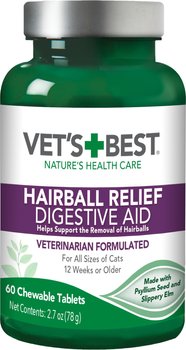
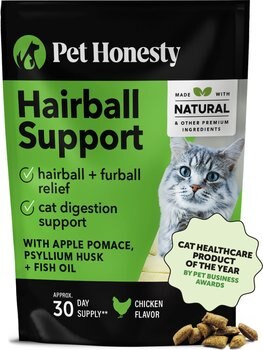
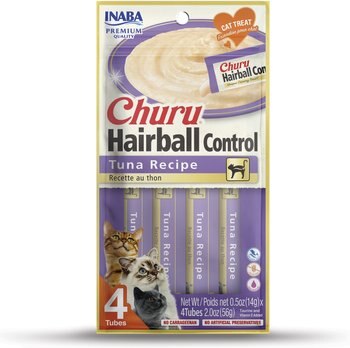
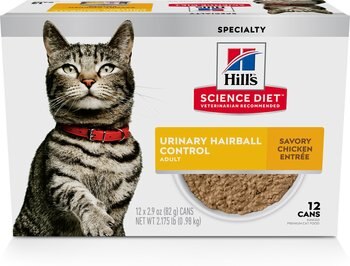
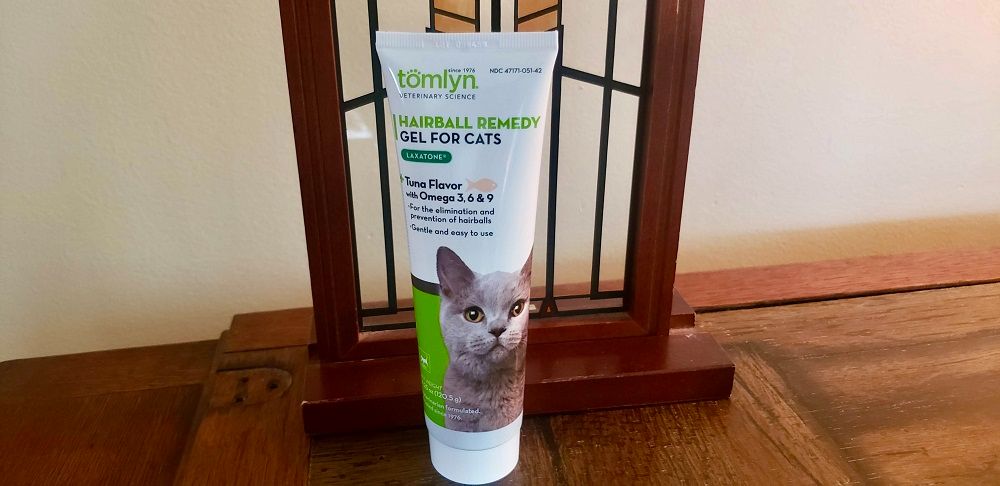

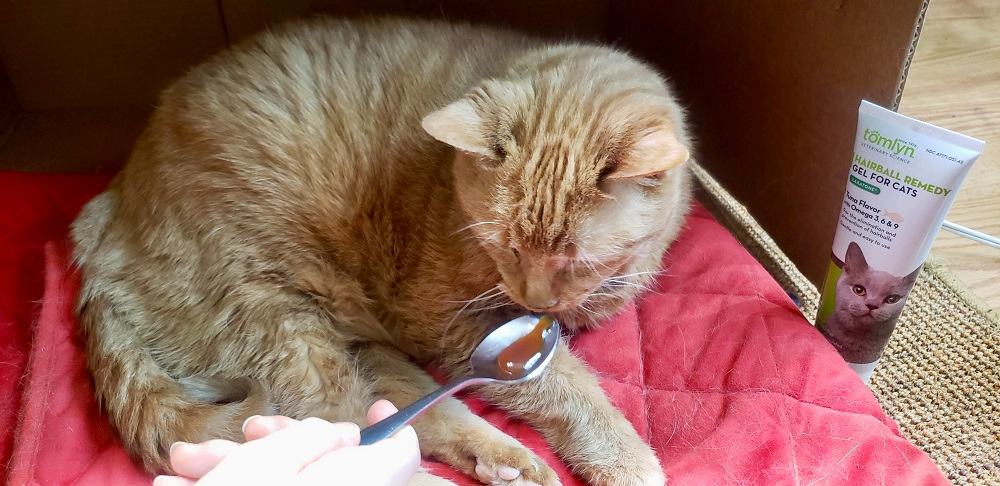

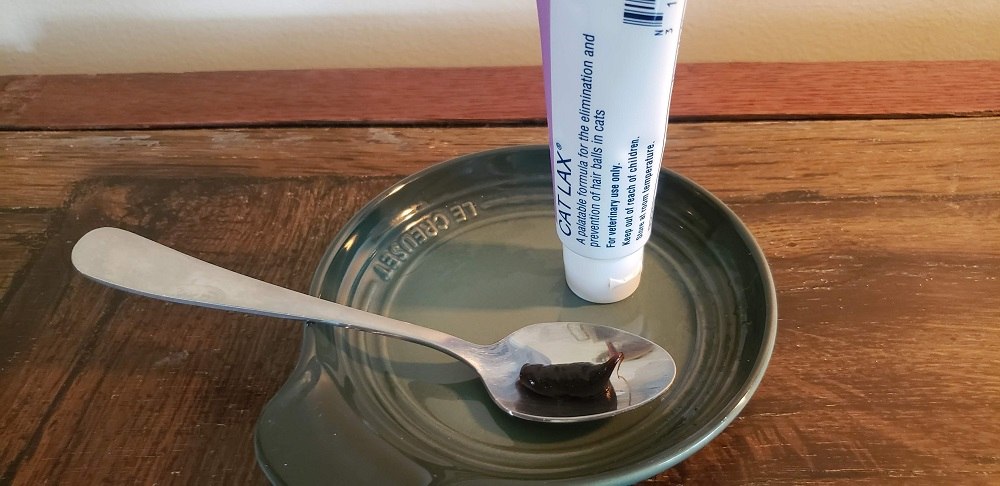
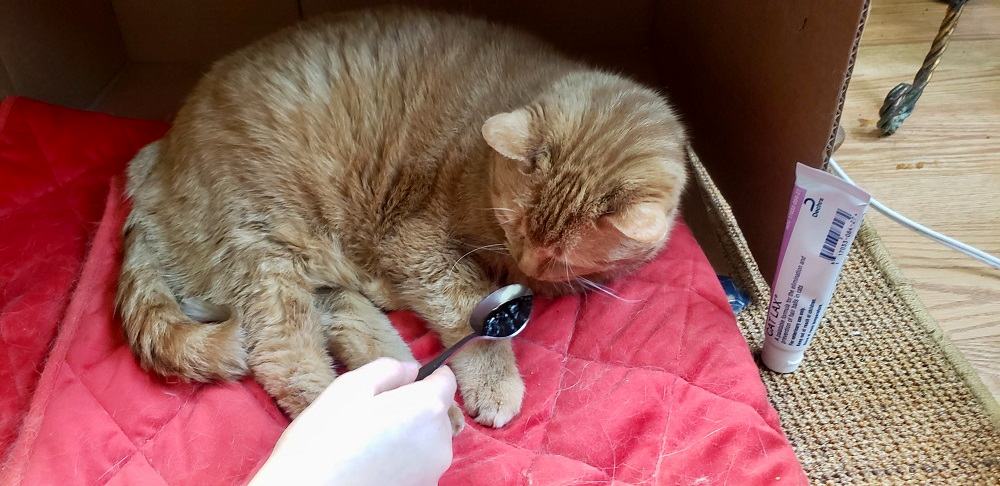
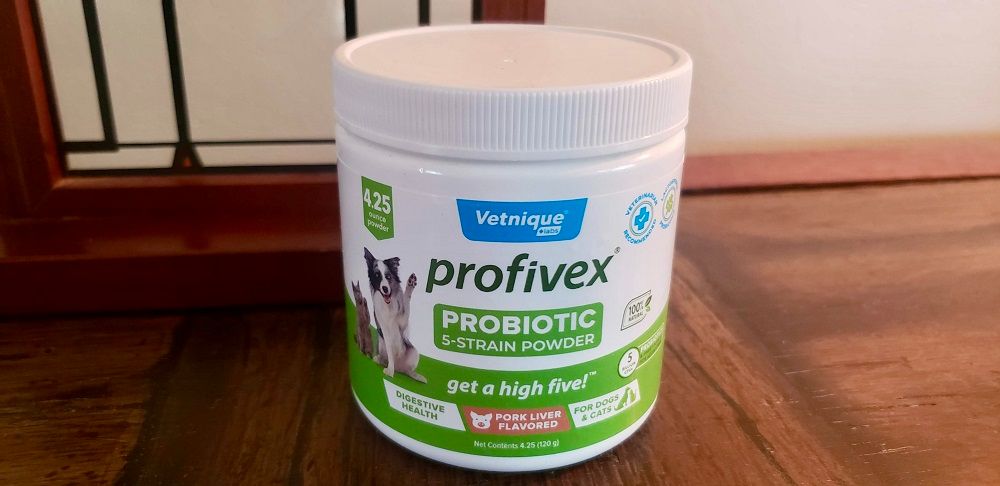

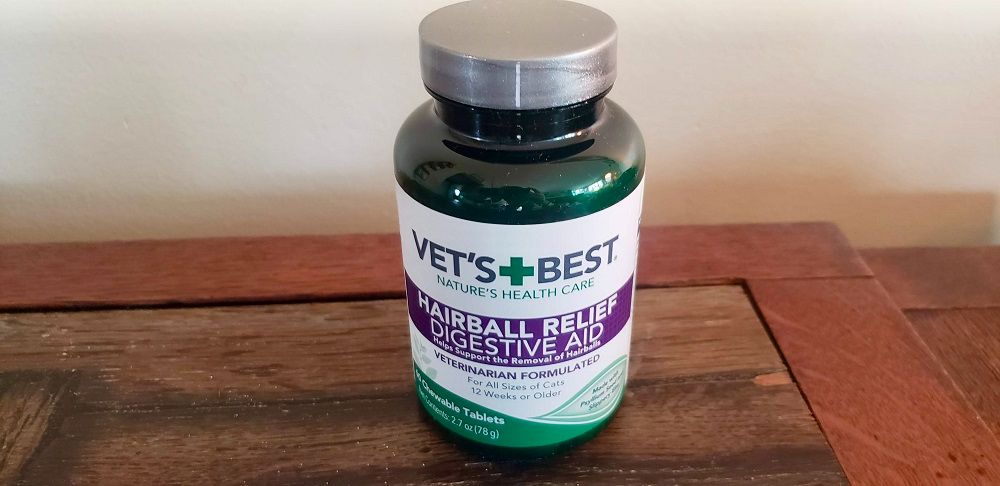


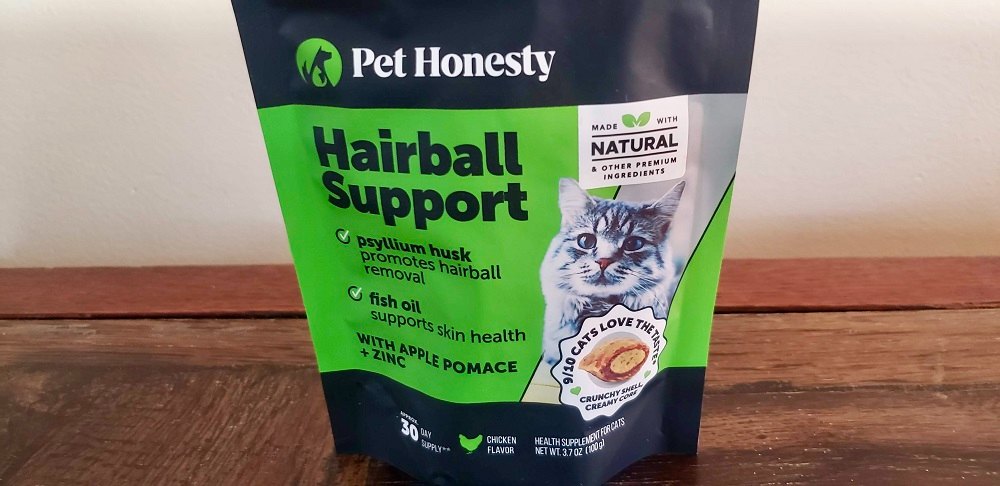


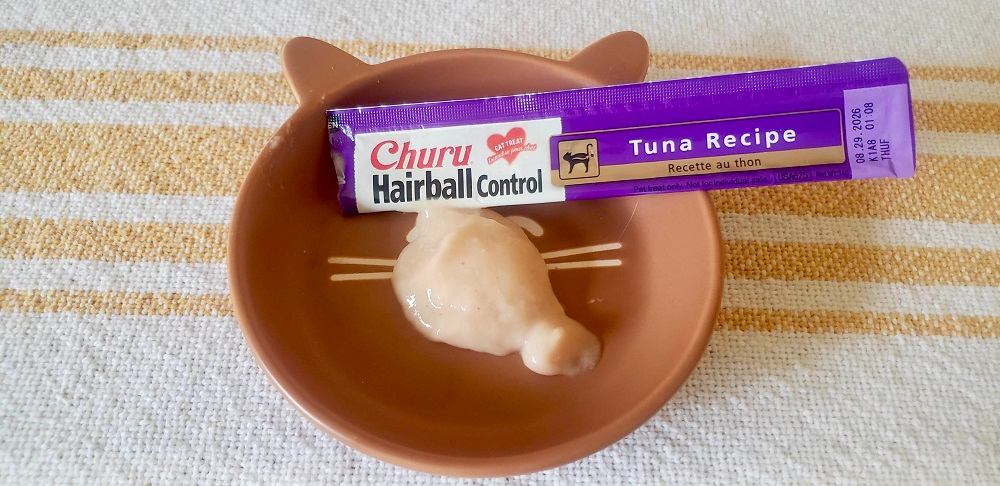

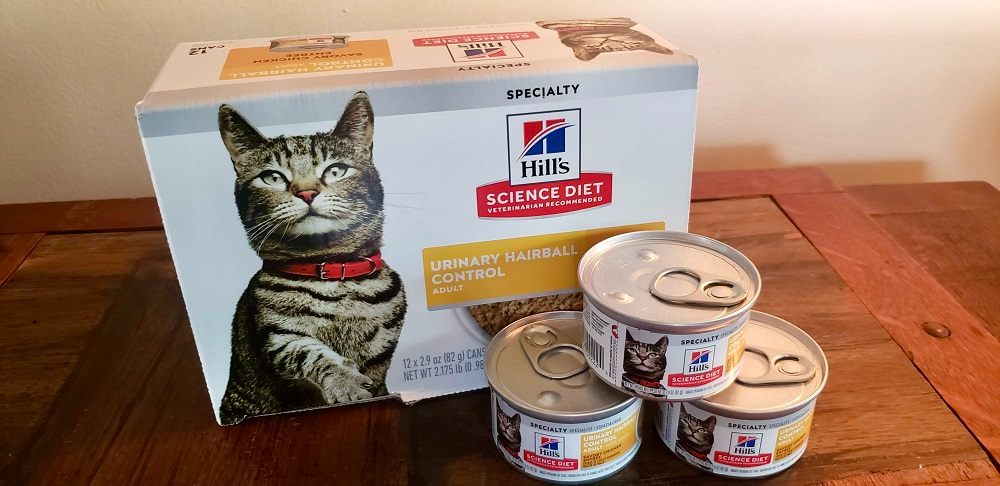
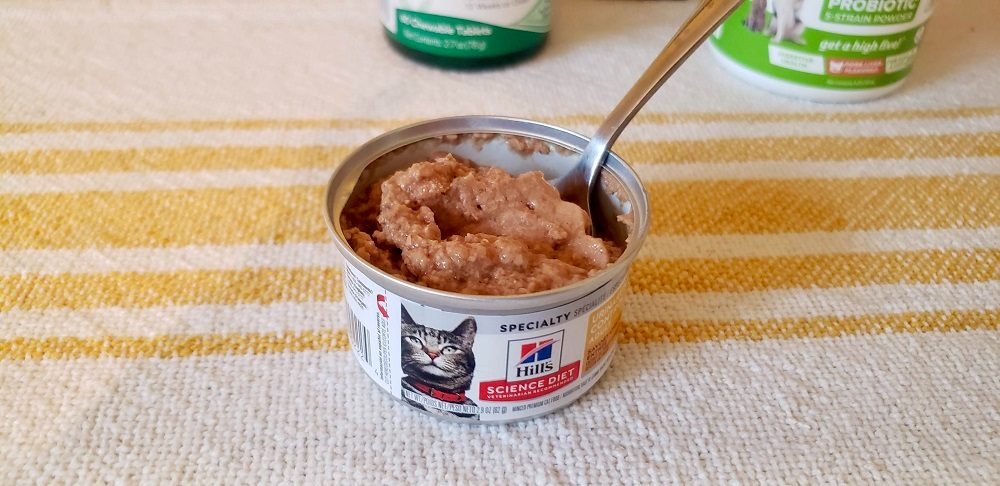
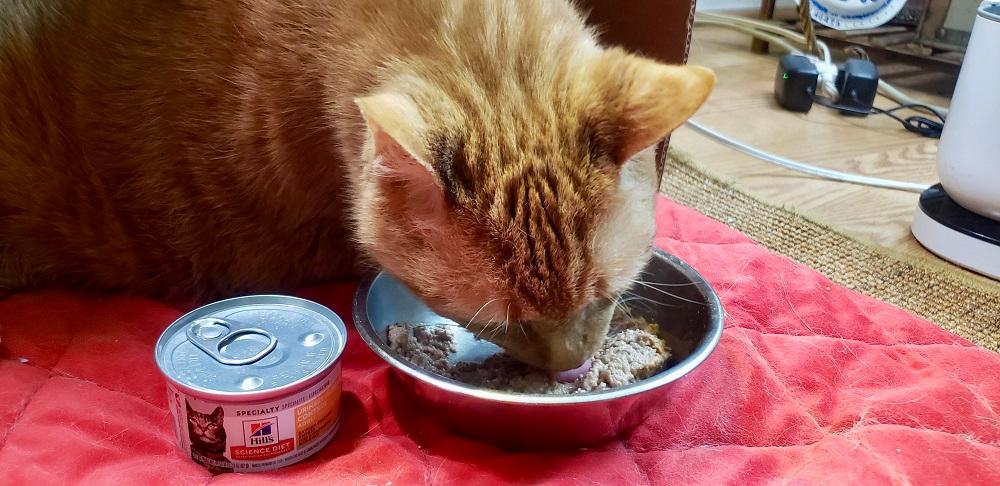

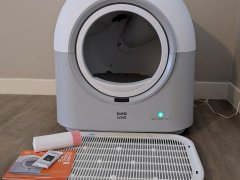
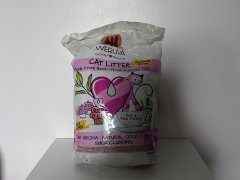

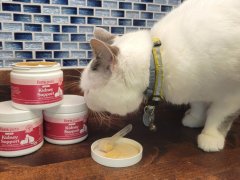
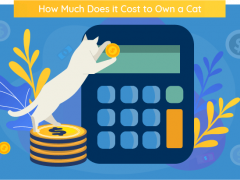
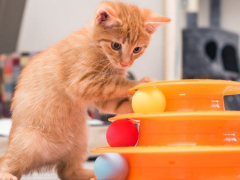


Your article says Cat Lax is the best, but there is no info on Cat Lax. Who makes it? What is the full name of the product? Where can it be purchased? Why is it the best?
Hello Eileen, thanks for commenting, and I apologize for the late reply! In 2022, there was a change in the products ranked here, but the rest of the article was not properly updated to reflect the change in recommendations. I will edit this! However, Cat Lax is made and sold by Dechra Pharmaceuticals, a veterinary product company. You can buy it on Chewy (linked). This is my original review:
Though Cat Lax doesn’t mention hairballs in its name, this product is just as popular as a hairball preventive as it is a laxative.
In fact, this gel is one of the most trusted hairball control products on the market. On Chewy, it has 210 customer reviews and 97% of reviewers say they’d recommend it. Customers say their cats like the way it tastes and that it helps to keep hairballs down. One reviewer says they’ve been successfully using it for decades.
The gel’s first ingredient is cod liver oil, which is both a lubricant and a source of the omega-3 fatty acids EPA and DHA. These fatty acids have anti-inflammatory properties and may improve skin and coat health, helping to control the hairball problem at its source.
It also contains white petrolatum, which coats the hairs and helps them to pass through the digestive system. Finally, the gel contains lecithin, a natural emulsifier that helps to loosen hairballs in the body.
The gel is sweetened with caramel and malt syrup, neither of which are great for cats.
Hope this helps!
My cat wants to eat my hair
My two cats are purely indoor cats. Do I need to provide a fresh growing patch or pot of green grass of some kind for my cats to eat?
Thanks for your comment!
A pot of cat grass isn’t necessary for all indoor cats, but it could be a pleasant addition to your cats’ environment and may help to relieve hairballs. Unlike some ferals and your cats’ ancestors, who might rely on grass as a primary source of dietary fiber, most indoor cats get plenty of fiber in their diets as-is. If your kitties are already eating a relatively high-fiber food, a pot of cat grass may not be the direct solution to their hairball issues. In addition to cat grass, it’s important to address other underlying causes of recurrent hairballs. That might include exploring digestive inflammation and brushing your cats more often during high-shedding seasons.
Hope this helps!